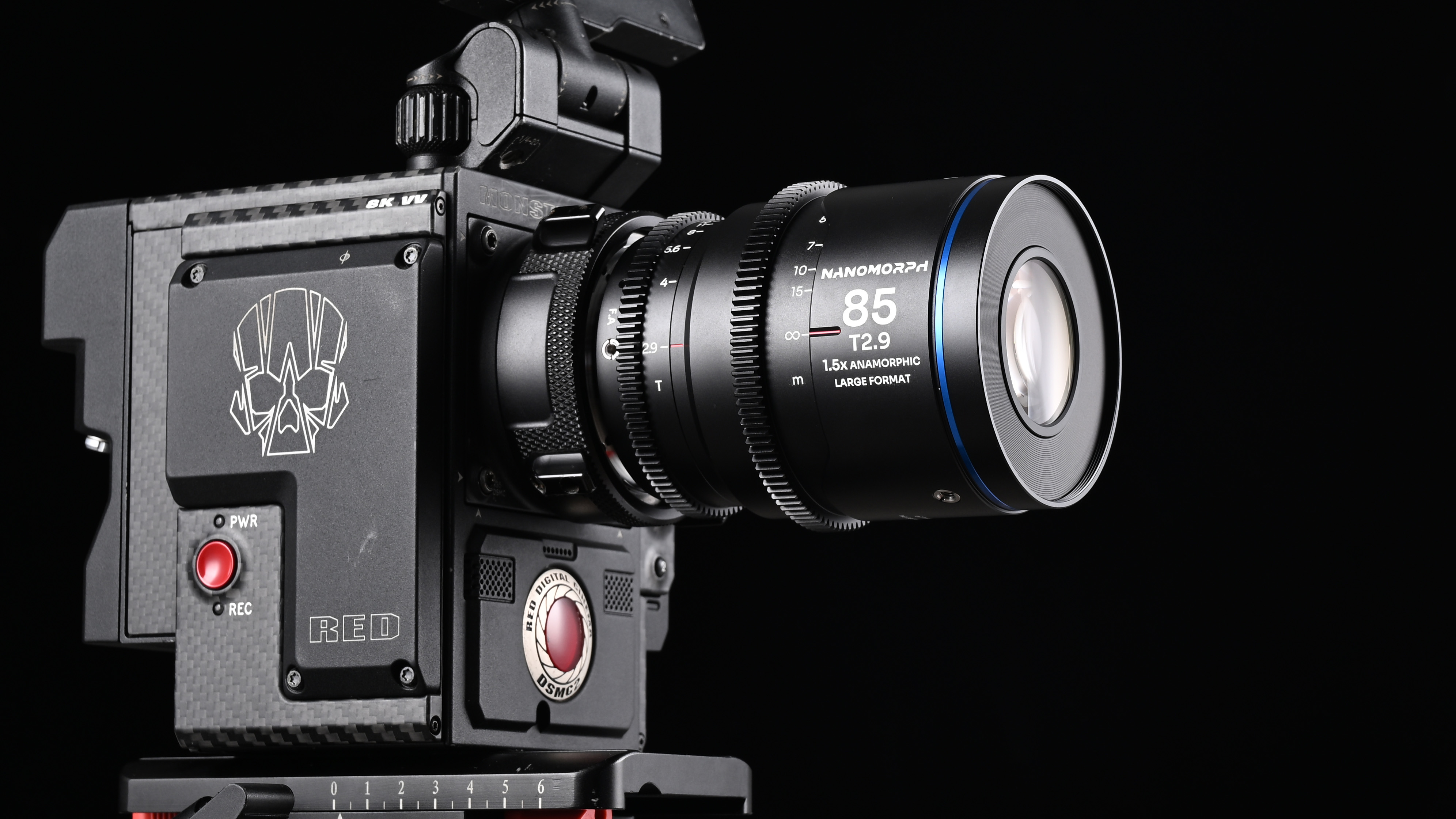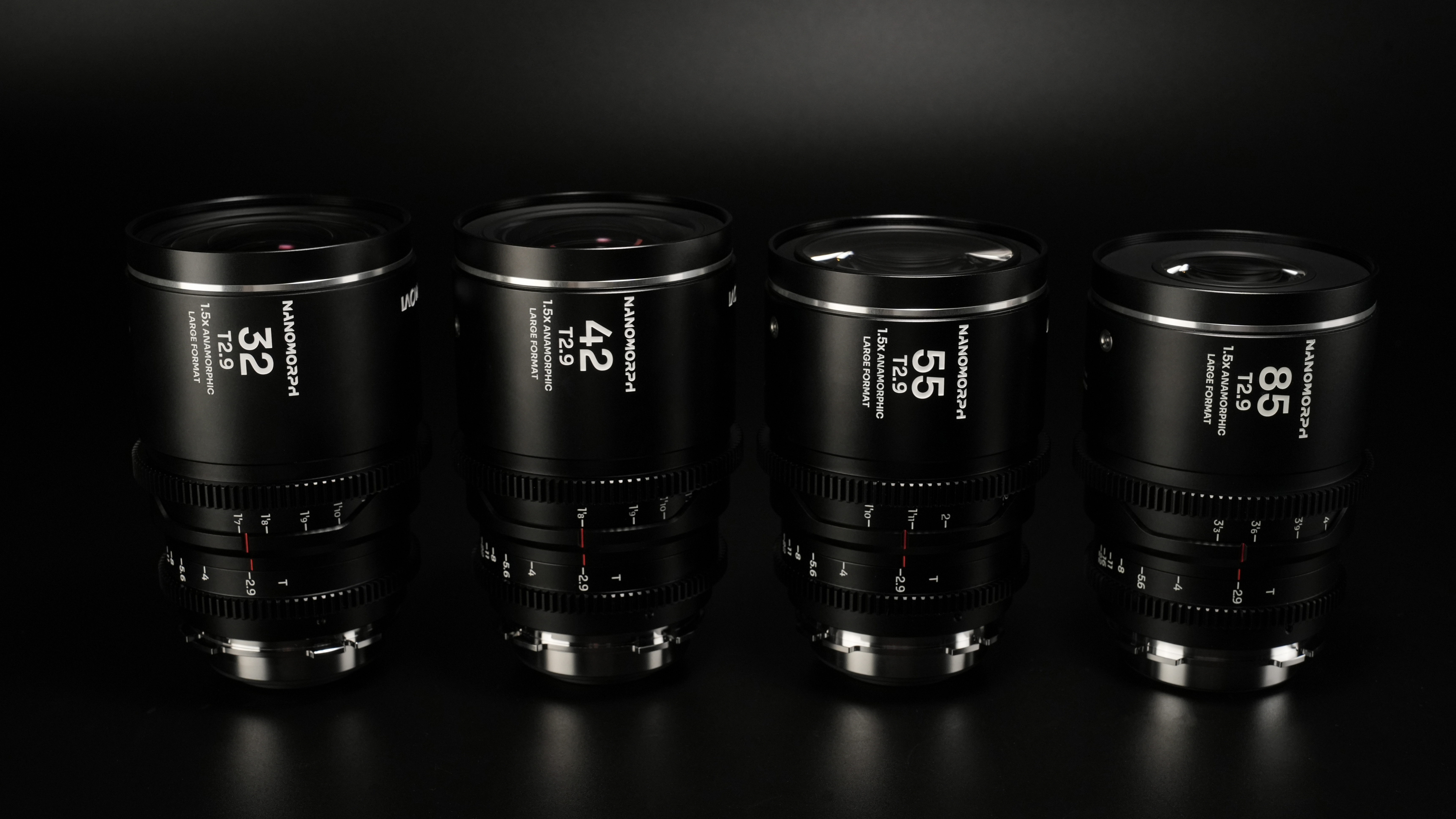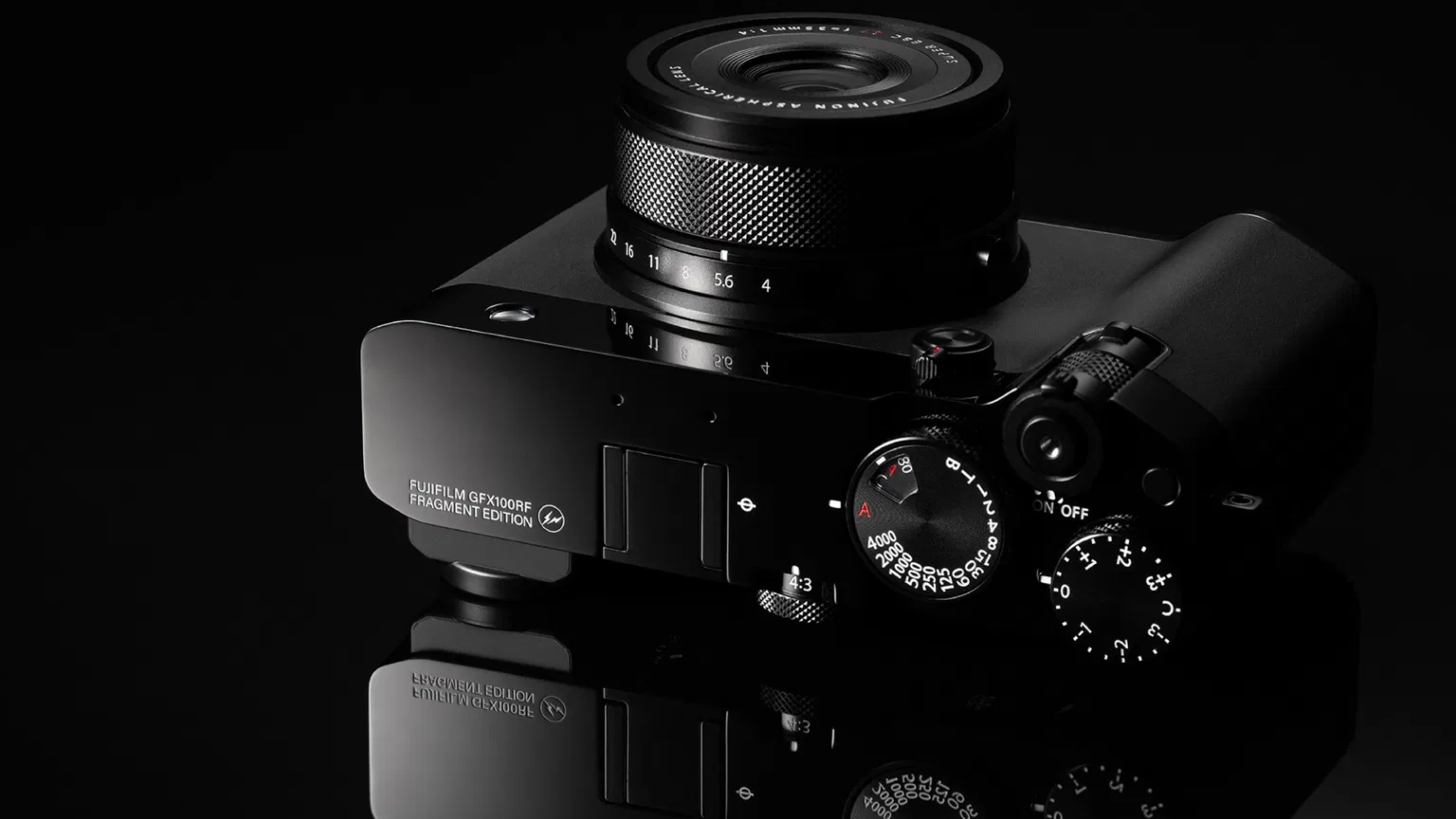What is an anamorphic lens – and do you need one for shooting video?
You've probably heard of them, but what is an anamorphic lens? They provide filmmakers with the ability to capture beautiful widescreen footage with gorgeous ovular bokeh and striking lens flares

If you're asking "What is an anamorphic lens?" then you either have an interest in video and filmmaking, or you've been watching or reading about JJ Abrams movies.
Anamorphic lenses are used throughout the filmmaking world – and are a favorite of Hollywood productions – to capture wider fields of view, or rather wider aspect ratios. Conventional, spherical lenses produce a smaller field of view, given their more square dimensions.
Typical spherical aspect ratios in cinema are 1.33:1 (equivalent to 4:3) and 1.85:1. The former is considered more archaic, and its usage in modern movies such as The Artist and The Lighthouse is a creative choice that adds to the period aesthetics, while the latter is wider and much more prevalent today, with films from Back to the Future to The Shape of Water favoring this aspect ratio.
The best anamorphic lenses go a step further, providing ultra-widescreen aspect ratios such as 2.39:1 and sometimes even wider.
What is an anamorphic lens: history and application
The origins of anamorphic lenses can be traced back to the 1920s, but according to Medium they didn’t come to the fore until the 1950s, when the movie industry adopted widescreen as a means to differentiate cinema from the booming popularity of television.
It was Twentieth Century Fox that would ultimately trademark and popularize the industry’s original format as CinemaScope.
You’re probably wondering how a camera with a sensor designed for spherical lenses could ever achieve such aspect ratios without cropping, and that’s the beauty of an anamorphic lens.
The best camera deals, reviews, product advice, and unmissable photography news, direct to your inbox!
They work by using ovular elements (although they usually contain spherical elements as well) to distort incoming light and squeeze the projection, via a single axis, onto the sensor or film. As such, anamorphic video and photography has to be ‘desqueezed’ in post-production. Think of this as unstretching the image to reverse the distortion.
Anamorphic film is ‘desqueezed’ using an anamorphic projection lens, while digital anamorphic footage is ‘desqueezed’ using video editing software such as DaVinci Resolve and Final Cut Pro.
And while you might think of the former as defunct, many filmmakers such as Christopher Nolan and Quentin Tarantino still shoot on film. For example, both Batman Begins and The Hateful Eight were shot on film using anamorphic lenses.
Apart from the very wide angle of view, other hallmarks of anamorphic lenses are ovular bokeh, softness around the edges of the screen (as well as a slightly softer image overall) and lens flare. Many filmmakers have taken advantage of the wild lens flare produced by anamorphic lenses, with JJ Abrams’ Star Trek (2009) known specifically for its anamorphic flare.
Thanks to their complex optical construction, anamorphic lenses have traditionally been quite expensive. But the boom in Chinese cine lens manufacturers such as Blazar and Sirui are making anamorphic glass cheaper than ever.
You might also like...
If you're into filmmaking, check out the best cine lenses and the best camera rigs. Plus, Tom Cruise backflips out of helicopter while wearing Snorricam rig to film death-defying Mission Impossible POV.

Mike studied photography at college, honing his Adobe Photoshop skills and learning to work in the studio and darkroom. After a few years writing for various publications, he headed to the ‘Big Smoke’ to work on Wex Photo Video’s award-winning content team, before transitioning back to print as Technique Editor (later Deputy Editor) on N-Photo: The Nikon Magazine.
With bylines in Digital Camera, PhotoPlus: The Canon Magazine, Practical Photography, Digital Photographer, iMore, and TechRadar, he’s a fountain of photography and consumer tech knowledge, making him a top tutor for techniques on cameras, lenses, tripods, filters, and more. His expertise extends to everything from portraits and landscapes to abstracts and architecture to wildlife and, yes, fast things going around race tracks...
You must confirm your public display name before commenting
Please logout and then login again, you will then be prompted to enter your display name.

